1. The Taco Bell Chihuahua
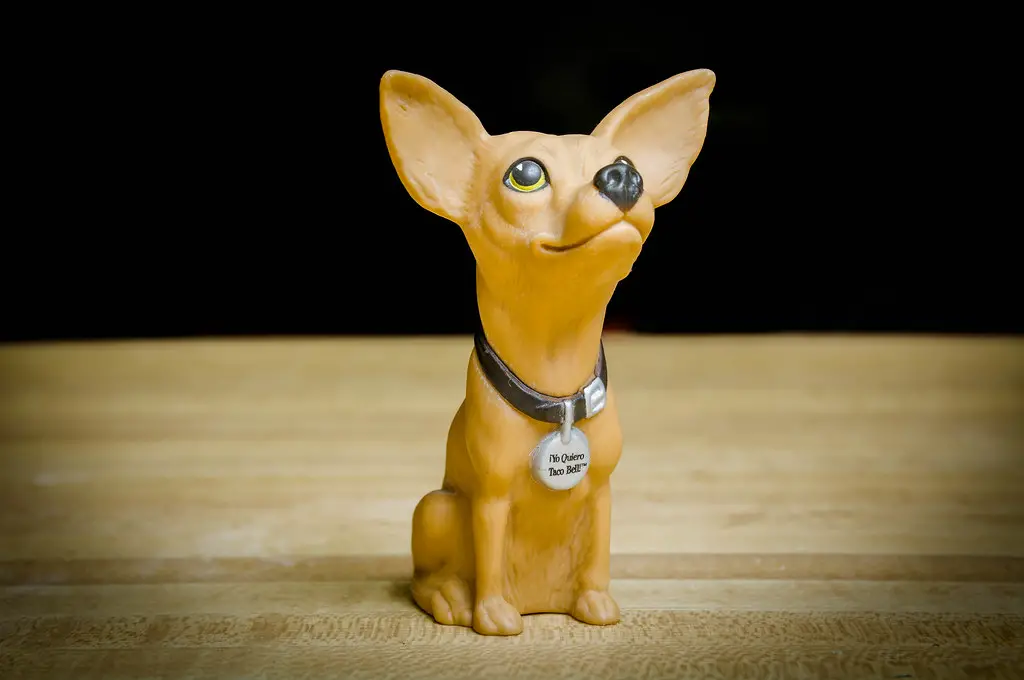
In the late ’90s, Taco Bell’s little Chihuahua became a pop culture star with the catchphrase, “¡Yo quiero Taco Bell!” The commercials were funny and catchy, and the dog quickly turned into a mascot you couldn’t escape. Kids loved repeating the line, and merchandise featuring the pup flew off the shelves. But over time, the campaign drew criticism, with some groups arguing it played into stereotypes.
By 2000, Taco Bell quietly pulled the dog from its ads, deciding to move in a different direction. The shift wasn’t because the Chihuahua wasn’t popular—it was. But companies often get cautious when backlash builds, even if only among a few groups. The little pup left TV screens almost as suddenly as he arrived, leaving many fans wondering why.
2. Joe Camel

Joe Camel, with his cool shades and laid-back attitude, was created to market Camel cigarettes in the late ’80s. The mascot became iconic, but it didn’t take long before people noticed he looked a little too appealing to kids. Critics argued that children were recognizing Joe Camel almost as easily as Mickey Mouse, which sparked a major controversy.
By 1997, under pressure from public health groups and lawsuits, R.J. Reynolds retired the character. For adults, he might have been a symbol of rebellion, but to regulators, he was seen as dangerous advertising. After his removal, cigarette ads had to get a lot more straightforward. Joe Camel’s exit was one of the biggest examples of a mascot being forced into retirement by public concern.
3. The Noid
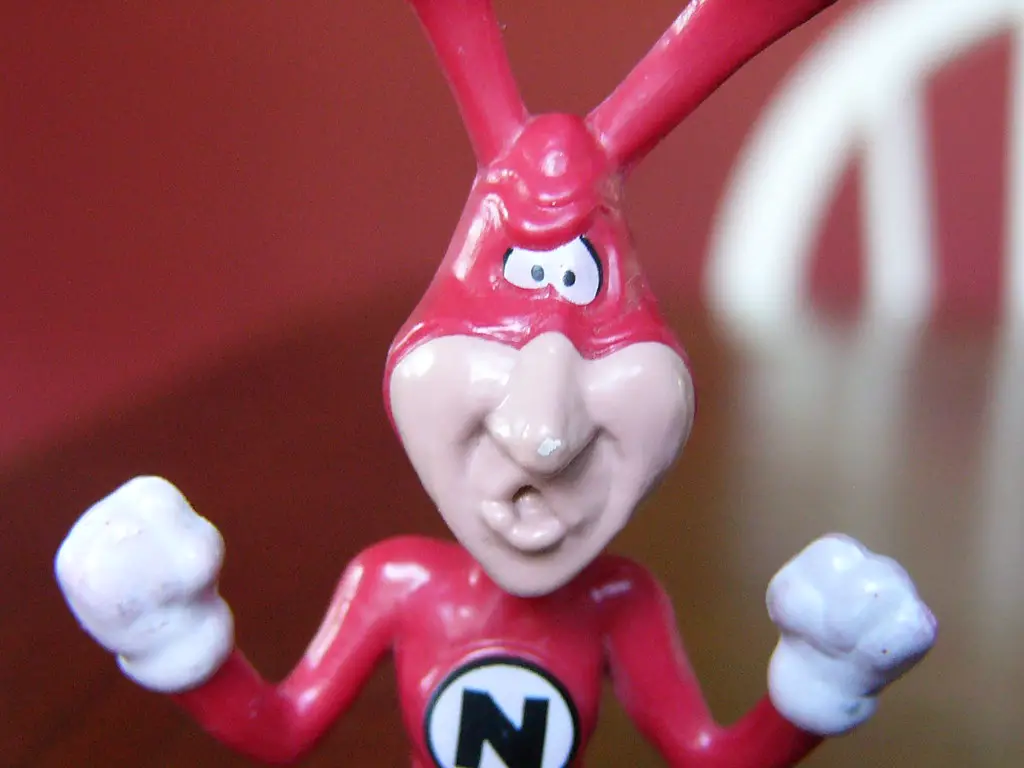
Domino’s Pizza introduced the Noid in the ’80s as a wacky villain who tried to ruin pizzas, only to be thwarted by Domino’s delivery speed. He was weird, cartoonish, and memorable, with his red suit and floppy ears. Kids especially loved the character, and “Avoid the Noid” became a popular slogan.
But in 1989, a tragic incident involving a man named Kenneth Noid, who believed the ads were mocking him, put a dark shadow on the mascot. Domino’s pulled the character shortly afterward, not wanting the association. While the Noid briefly resurfaced decades later for nostalgia, his sudden disappearance in the ’90s left many confused. The story behind his retirement is one of the strangest in ad history.
4. Frito Bandito
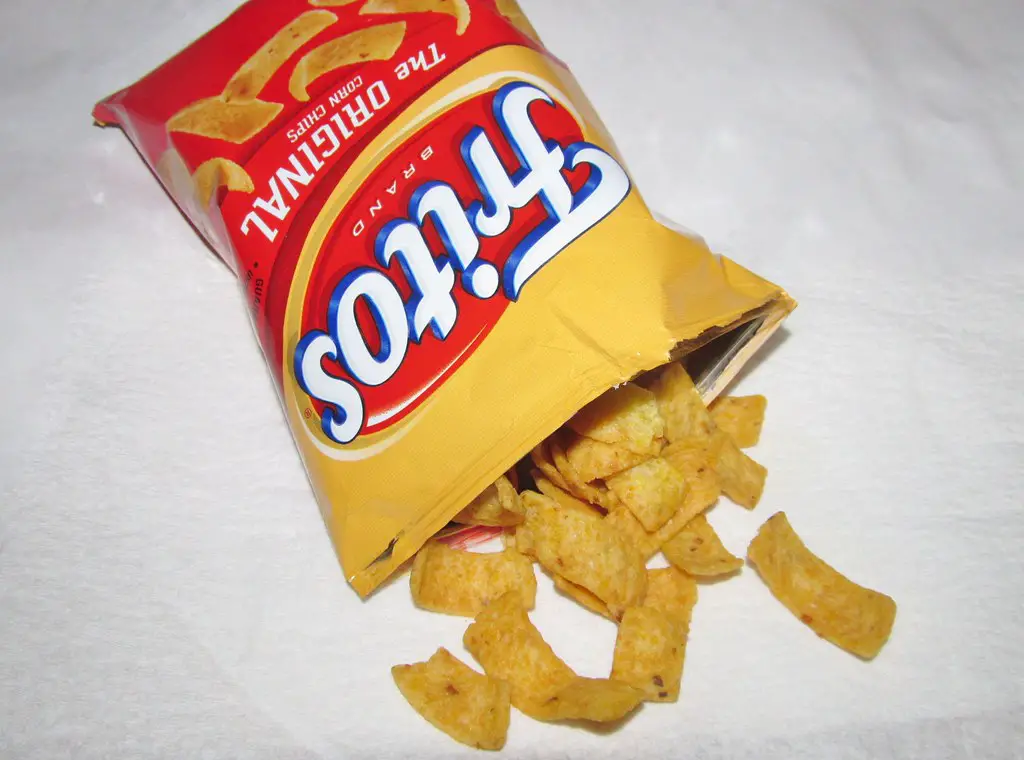
Frito-Lay once had a mascot named the Frito Bandito, a cartoon bandit with a sombrero and mustache who tried to steal corn chips. He was voiced by Mel Blanc, who also gave life to Bugs Bunny, which made him instantly recognizable. The ads were supposed to be funny, but many Mexican-American groups found the portrayal offensive and stereotypical.
By the early ’70s, after mounting pressure, the character was retired. Frito-Lay replaced him with safer mascots like the Muncha Bunch and W.C. Fritos. For some viewers, it was a lesson in how quickly pop culture could shift. The Frito Bandito is rarely mentioned today, but for a short time, he was everywhere.
5. Kool-Aid Man (Original Version)
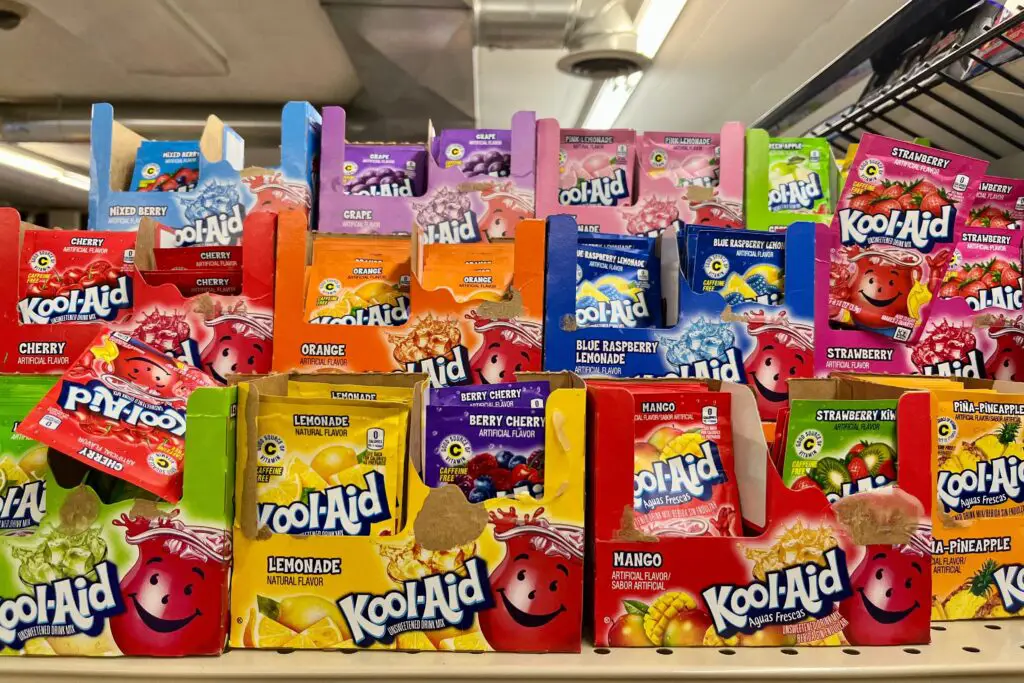
The Kool-Aid Man bursting through walls with an “Oh yeah!” became one of the most recognizable mascots of the ’70s and ’80s. He was a walking pitcher with a giant smile and a catchphrase kids couldn’t resist. For decades, he was the face of the drink, even appearing in video games and comic books.
But by the 2000s, Kool-Aid Man’s original live-action style felt dated. The company retired that version and reimagined him as a CGI character. While technically he still exists, many fans consider the old wall-busting pitcher gone. The original mascot’s sudden switch left people nostalgic for the days when commercials had a bit more chaos.
6. The Burger King “Creepy King”
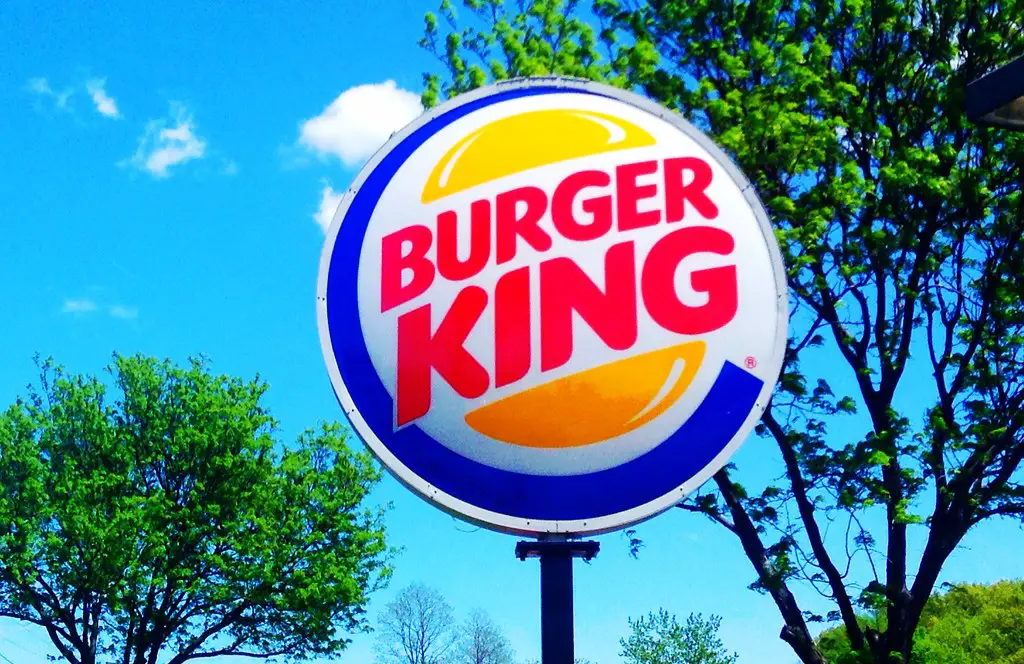
In the mid-2000s, Burger King decided to lean into surreal humor with a mascot that wore a giant plastic king mask. The “Creepy King” popped up in odd scenarios, like waking up in someone’s bed holding a breakfast sandwich. The ads got people talking, and not always in a good way.
Parents especially didn’t like the unsettling vibe, and by 2011 Burger King retired the mascot. Sales weren’t improving, and the company shifted back to focusing on the food itself. The Creepy King had a brief, infamous reign that people still joke about today. He was memorable, but maybe a little too weird for fast food.
7. McDonald’s Hamburglar (Original Version)
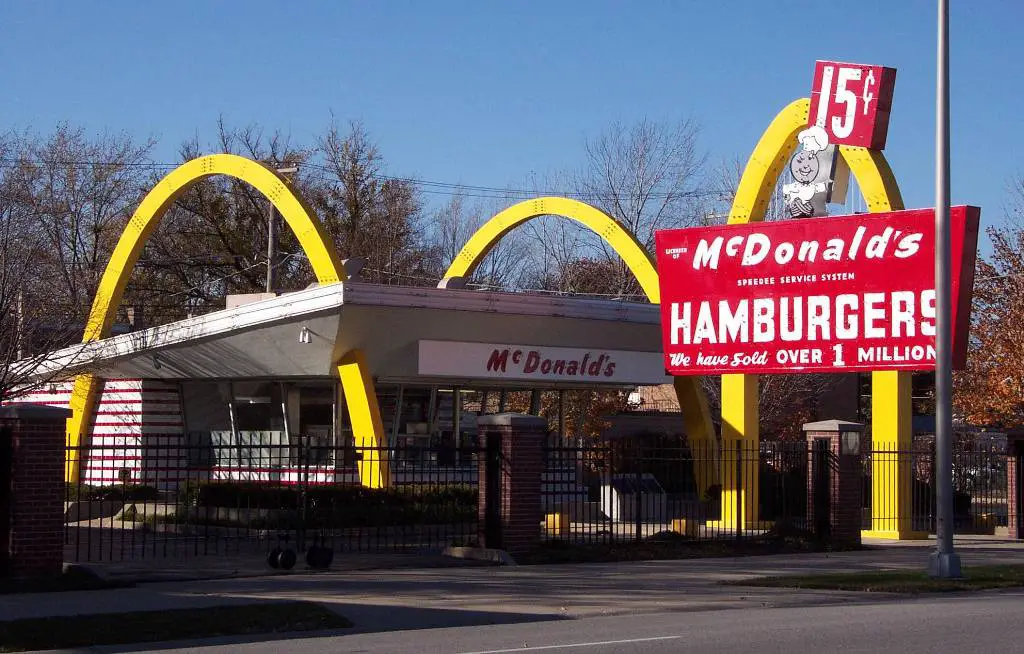
The Hamburglar was part of McDonaldland, a colorful world of characters introduced in the ’70s. With his striped outfit and love of stealing burgers, he was a goofy villain that kids adored. Alongside Grimace and Ronald, he became a staple in commercials, toys, and playground sets.
By the 2000s, though, McDonald’s decided the McDonaldland era was outdated. The Hamburglar quietly disappeared, and Ronald himself began appearing less in ads. While McDonald’s tried to briefly revive the Hamburglar in 2015 with a “hipster” look, the original mischievous mascot was long gone. For many, his retirement marked the end of a playful era in fast-food advertising.
8. Spuds MacKenzie
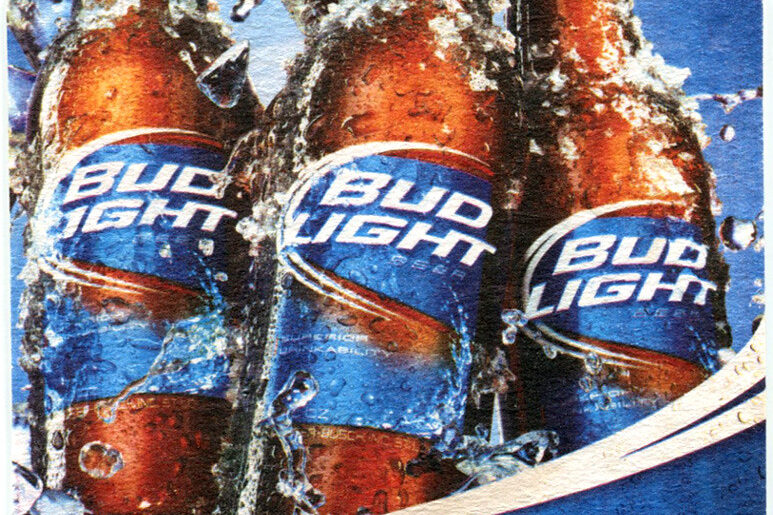
Bud Light’s party-loving bull terrier, Spuds MacKenzie, became a cultural sensation in the late ’80s. He wore sunglasses, partied with people, and was marketed as the ultimate “cool dog.” Ads featuring Spuds were hugely popular, but critics started pointing out the obvious: a cartoonish dog was promoting alcohol.
By 1989, the backlash was strong enough that Anheuser-Busch retired the character. Parents worried kids were being drawn to beer ads because of Spuds. His time in the spotlight was short, but unforgettable. Spuds remains one of the most famous mascots to be pulled because of concerns about appealing to the wrong audience.
9. The Verizon “Can You Hear Me Now?” Guy
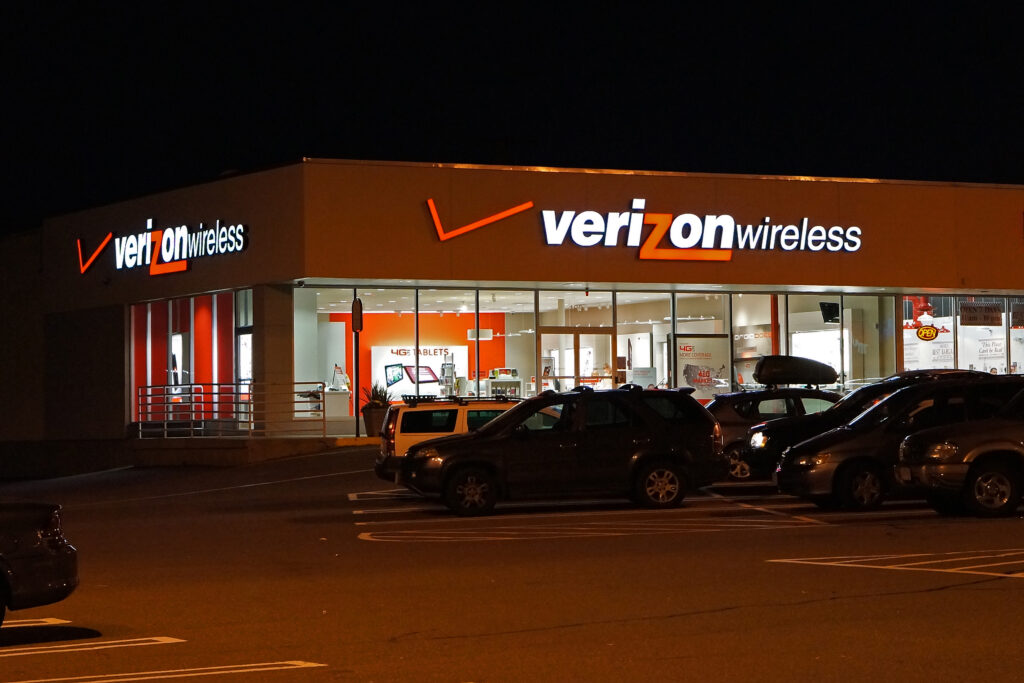
In the early 2000s, Verizon ads featured a bespectacled man walking around saying, “Can you hear me now? Good.” He became a symbol of the brand’s reliable coverage, and for years, he was instantly recognizable. But after nearly a decade, Verizon retired him, likely fearing ad fatigue.
The surprise twist came later, when the same actor appeared in commercials for Sprint. Fans were stunned to see the once-loyal Verizon mascot switch sides. By then, though, his original run had ended, leaving behind one of the most abrupt mascot exits of the 2000s. It showed how even beloved ad icons can wear out their welcome.
10. The Maytag Repairman (Original Actor)
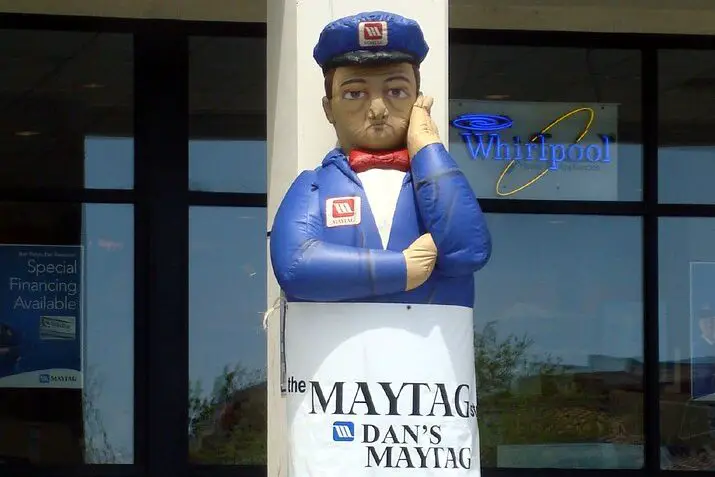
For decades, the Maytag Repairman was “the loneliest man in town” because Maytag appliances supposedly never broke. Actor Jesse White originated the role in the ’60s, and Gordon Jump later carried it on. The character became an advertising legend, spanning decades.
But by the 2000s, Maytag retired the original version of the character and retooled the campaign. The new approach involved a younger, more modern version, but longtime fans noticed the change immediately. The sudden retirement of the classic version marked the end of one of the longest-running ad mascots in history.
11. StarKist’s Charlie the Tuna (Original Ads)
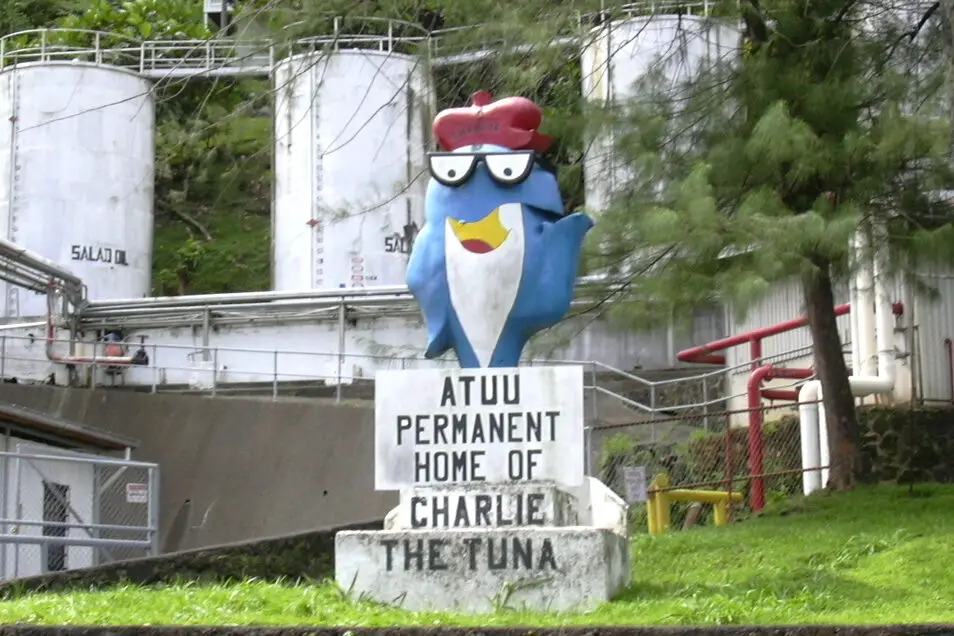
Charlie the Tuna was the hip cartoon fish who wore glasses and tried to show he had “good taste.” The joke was that StarKist wanted tuna that tasted good, not tuna with good taste. For years, Charlie popped up in commercials and became one of the quirkiest mascots of the ’60s and ’70s.
But by the late ’80s, StarKist scaled back and eventually retired the character for a while. New marketing trends took over, and Charlie disappeared from TV screens. Though he has been revived off and on, the original run ended quite suddenly. His retirement was a reminder of how quickly brands can change course.
12. Mr. Peanut (Briefly)
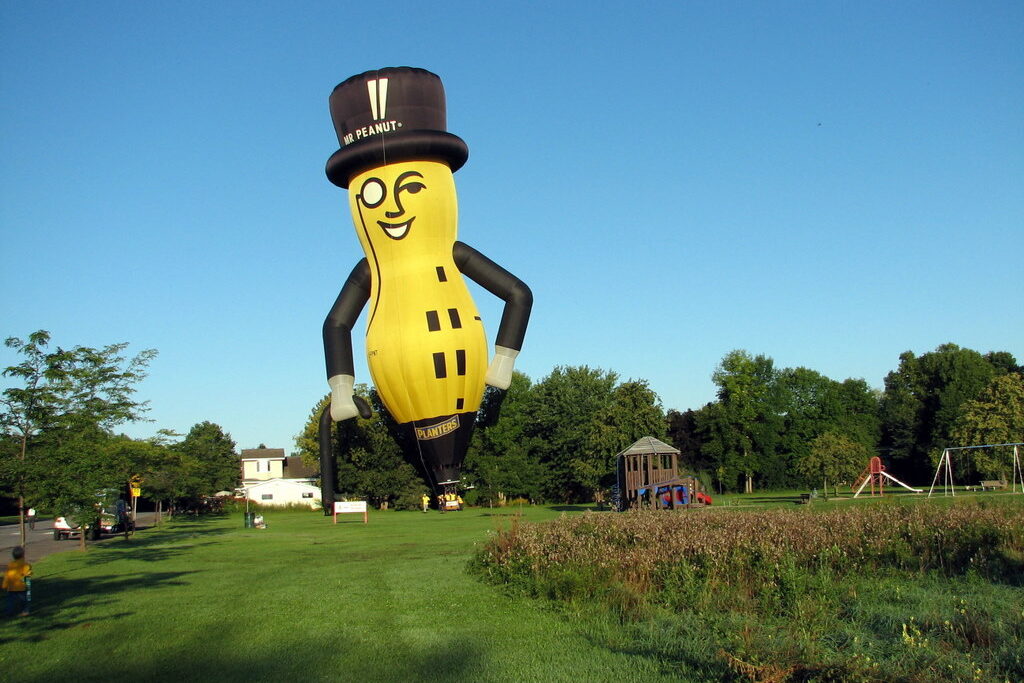
Planters’ Mr. Peanut had been around since 1916, always looking dapper with his top hat and monocle. But in 2020, Planters made a shocking announcement: they were “killing off” Mr. Peanut in a Super Bowl ad campaign. The stunt showed him sacrificing himself, only for a “Baby Nut” character to take his place.
The sudden retirement didn’t last long, as fans pushed back and the brand brought Mr. Peanut back. Still, for a brief moment, one of the longest-running mascots in history was gone. It was one of the oddest retirements in advertising history, even if it turned out to be temporary.
13. Toucan Sam (Original Look)
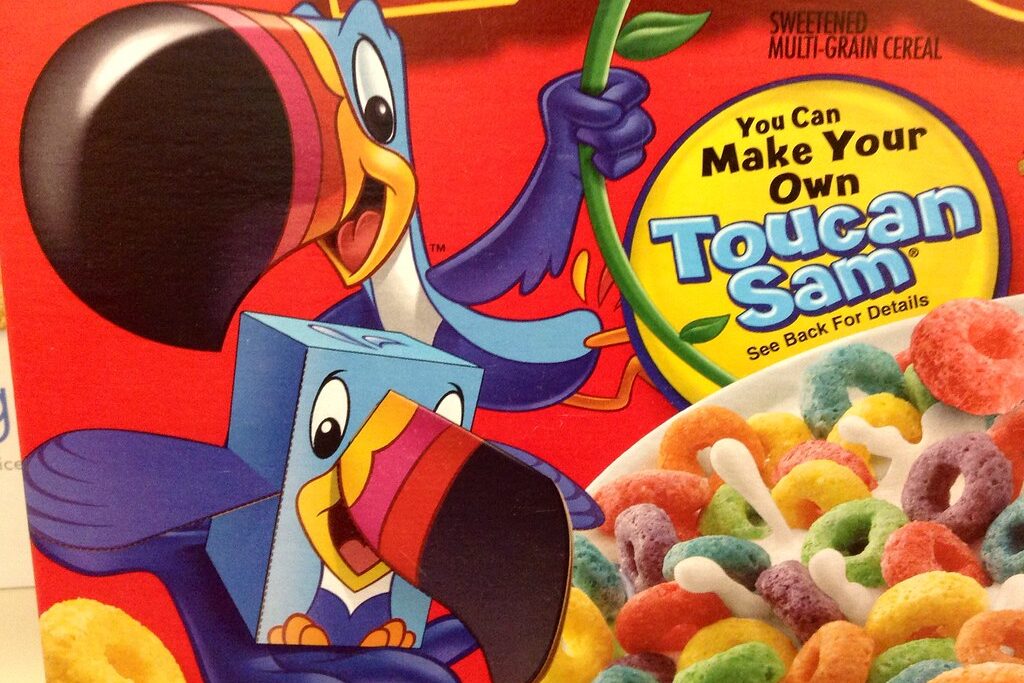
Froot Loops’ Toucan Sam has been guiding kids to cereal with his colorful beak since the ’60s. His cheery voice and “Follow your nose!” slogan became iconic. But in 2020, Kellogg’s decided to radically redesign the character with a modern, almost surreal look.
The reaction was swift and negative, and the redesign quietly disappeared. Still, the original version had effectively been retired in favor of something new. For many, it felt like losing a piece of childhood overnight. Toucan Sam’s sudden “replacement” showed how delicate mascot redesigns can be.
14. Ronald McDonald (Retirement by Circumstance)
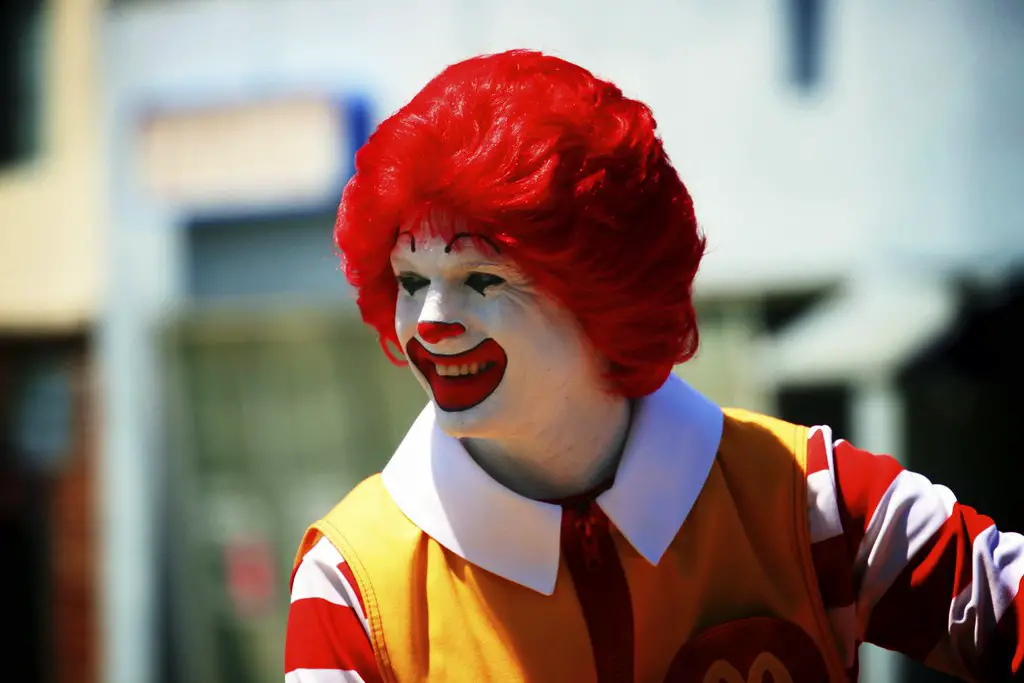
Ronald McDonald was once the most famous mascot in the world, appearing in commercials, Happy Meal boxes, and even having his own charity foundation. For decades, he was the smiling clown face of McDonald’s. Kids lined up to meet him at birthday parties and events.
But in the mid-2010s, a wave of creepy clown sightings across the U.S. made Ronald suddenly feel unsettling. McDonald’s quietly retired him from ads and appearances. Though he wasn’t officially declared gone, his absence was clear. Ronald’s sudden exit marked the end of one of the most iconic mascots in advertising history.
15. Chef Wendell from Cinnamon Toast Crunch
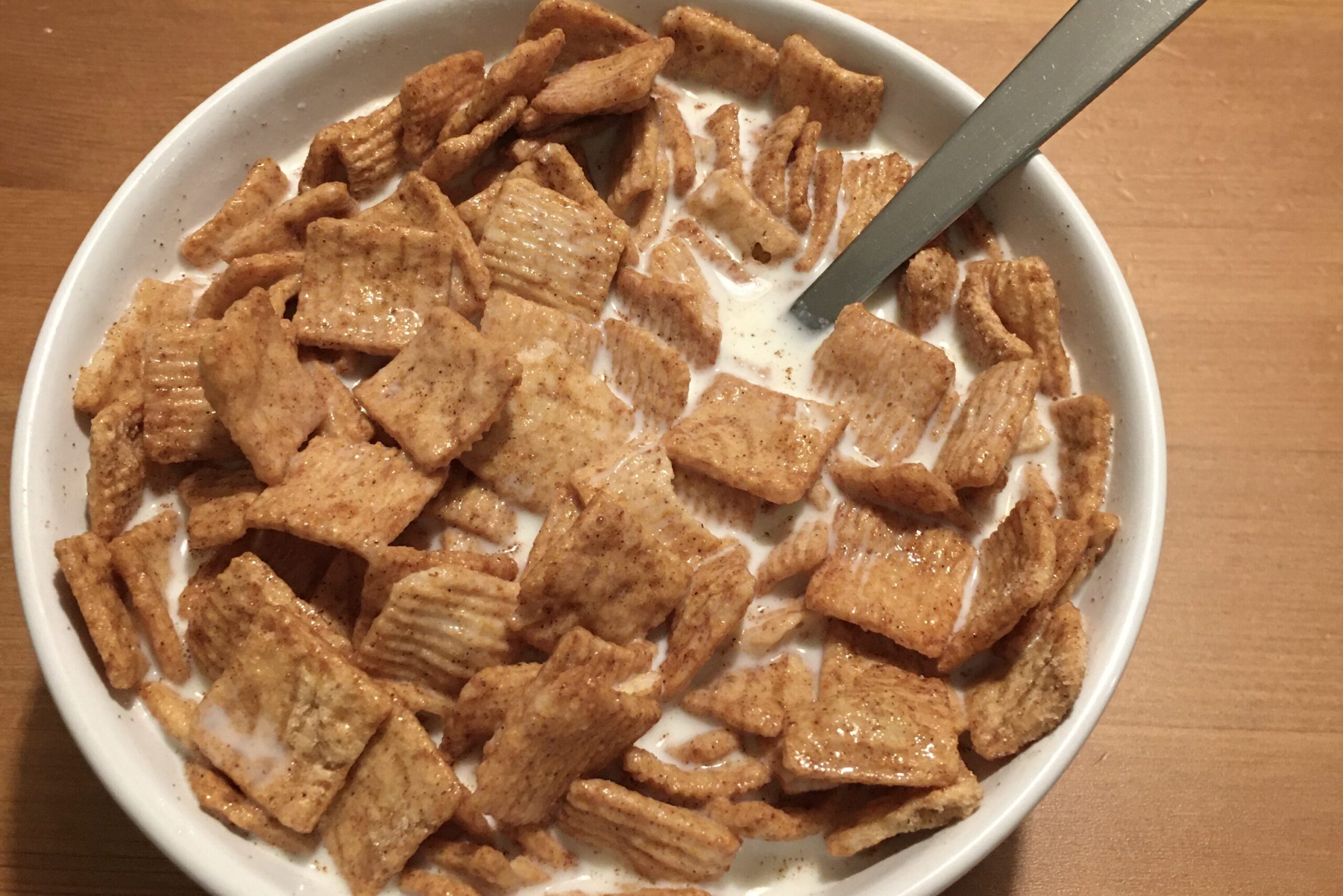
In the ’80s and ’90s, Cinnamon Toast Crunch was advertised by three cheerful chefs, with Chef Wendell becoming the main one. He was the friendly face kids recognized, stirring up bowls of sugary cereal. For a while, he was everywhere, appearing in both TV spots and on cereal boxes. His kind, grandfatherly look gave the cereal an approachable charm.
But by the early 2000s, General Mills phased him out and replaced him with the animated “Crazy Squares.” The new mascots were wild, silly, and aimed at a younger audience. While kids liked the zaniness, many adults missed Chef Wendell’s calmer presence. His sudden disappearance left some nostalgic fans wondering why the company abandoned such a classic character.
16. The California Raisins
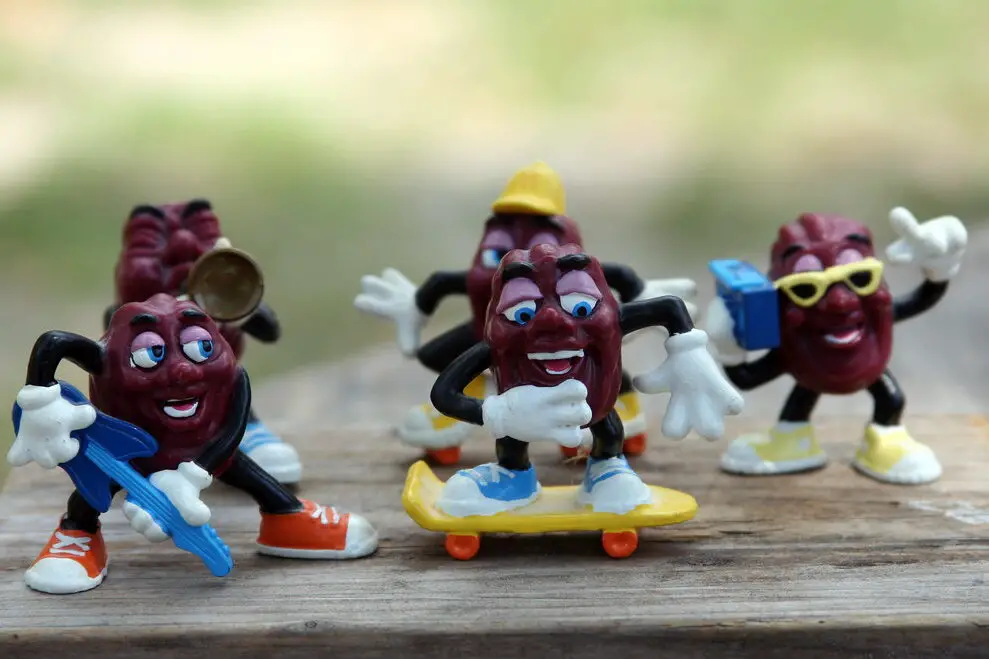
The California Raisins weren’t just mascots, they became a pop culture sensation in the ’80s. These claymation characters sang Motown hits like “I Heard It Through the Grapevine” and were so popular that they had merchandise, albums, and even a TV special. For a while, they made raisins seem cooler than ever before.
But their popularity didn’t last, and by the early ’90s, the campaign was retired. Claymation was expensive, and sales didn’t justify the cost of keeping them around. The sudden end was a shock to fans who thought the Raisins would stick around longer. Today, they’re remembered fondly as one of the most creative advertising mascots that disappeared too soon.
17. Max Headroom for Coca-Cola
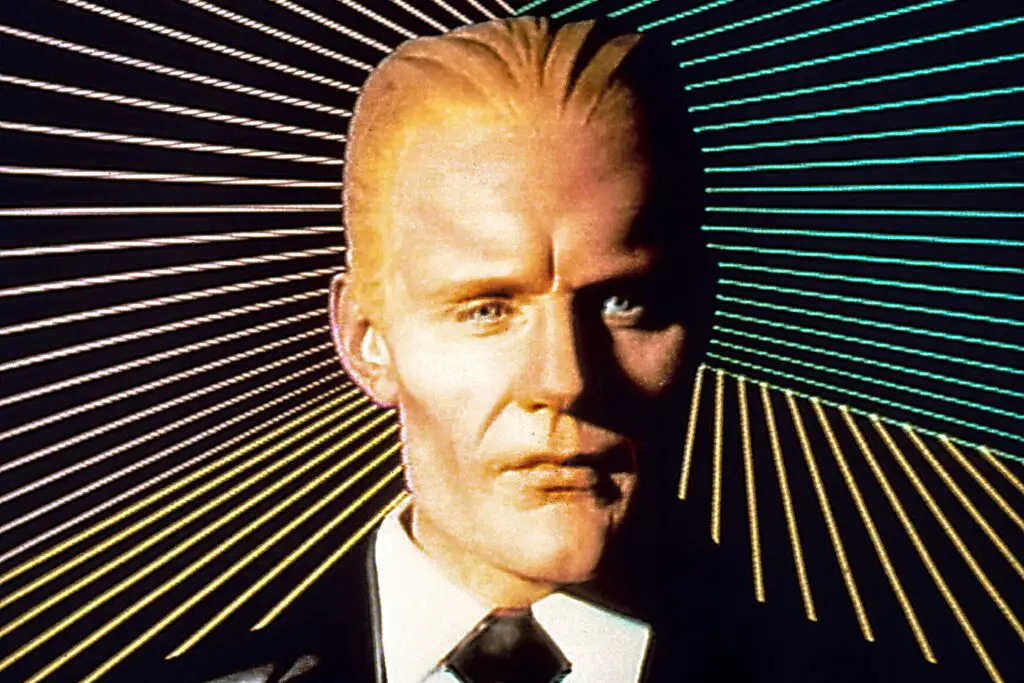
In the mid-’80s, Coca-Cola introduced Max Headroom, a quirky, computer-generated TV personality, as the spokesperson for New Coke. He was edgy, funny, and instantly recognizable with his stuttering, robotic voice. For a while, he made Coke’s commercials stand out in a crowded market.
But once New Coke flopped and Coca-Cola reverted to its classic formula, Max’s role shrank. By 1987, the character was quietly retired from Coke ads. His sudden disappearance was tied directly to the company moving on from its failed experiment. While Max Headroom remains a cult favorite, his commercial career was short-lived.
18. The Quiznos Spongmonkeys
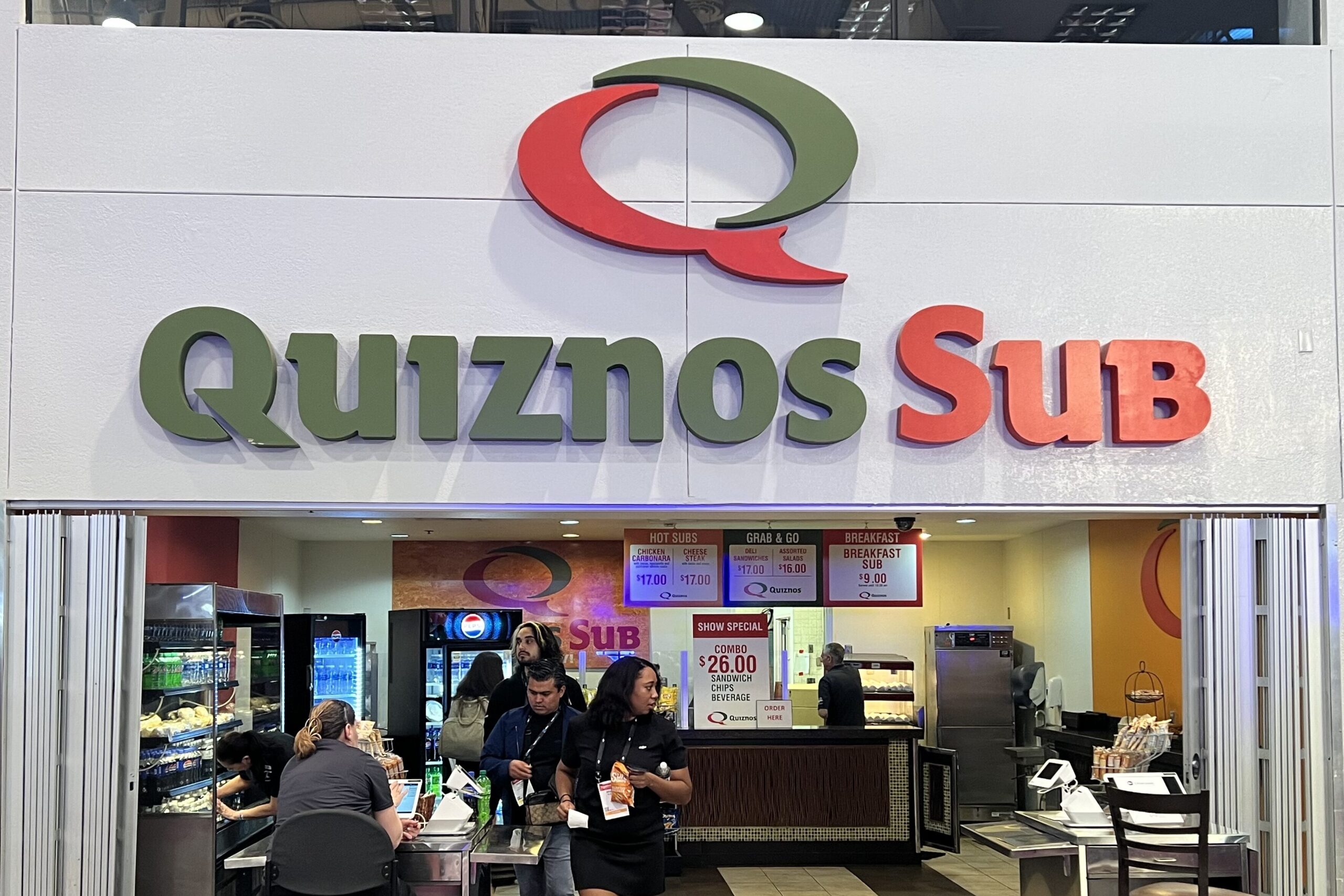
In 2004, Quiznos made a bold move by introducing the Spongmonkeys in its commercials. These were bizarre, crudely animated creatures with bulging eyes who sang off-key songs about loving Quiznos subs. The ads got attention, but not always in a good way.
Customers were divided, with some finding the characters funny and others calling them downright disturbing. Sales didn’t rise the way the company had hoped, and the backlash was loud. Within a year, Quiznos retired the Spongmonkeys completely. Their sudden disappearance is still talked about as one of the strangest mascot retirements in fast food history.
